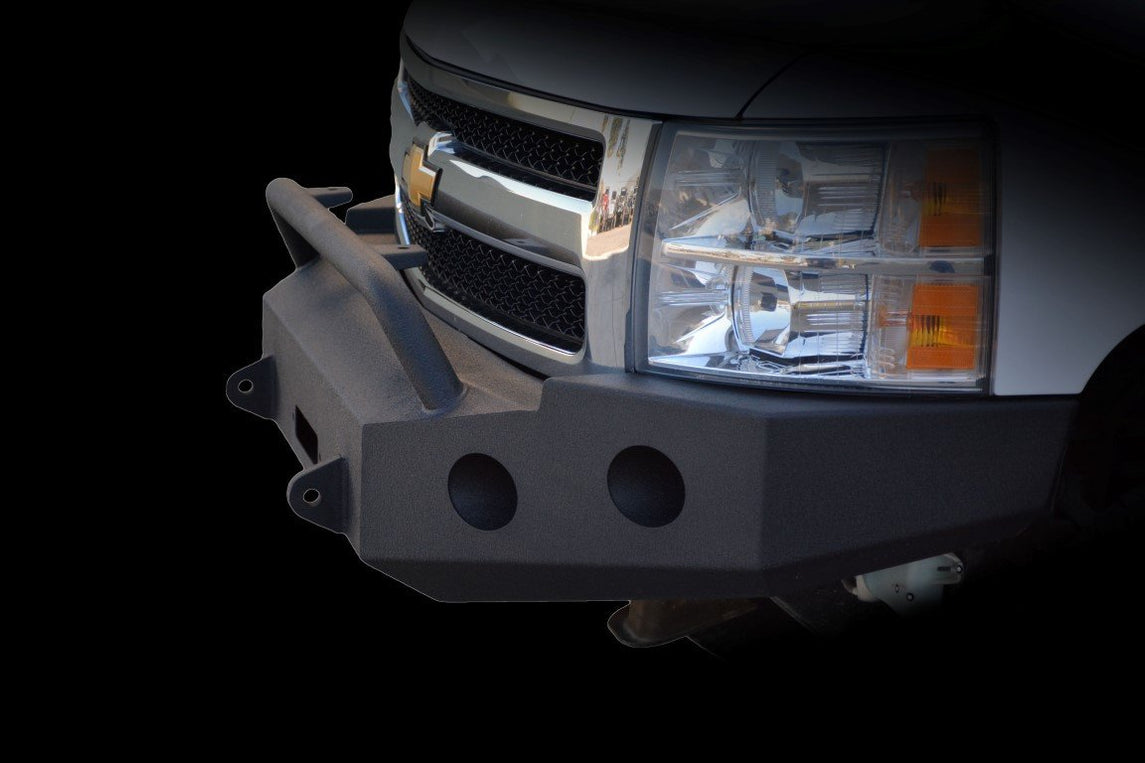2013 Chevy Silverado Parts And Accessories

Alright, Silverado owners, let's talk about keeping your 2013 Chevy Silverado running strong. Whether you're hauling equipment, hitting the trails, or just using it for daily driving, these trucks are workhorses. But like any vehicle, they're going to need some TLC eventually. This article addresses some common issues and solutions, covering both replacement parts and some worthwhile accessories that can improve your truck's functionality and longevity.
Common Problems and Solutions for Your 2013 Silverado
Issue #1: Check Engine Light (CEL) Woes
That dreaded check engine light! It can mean a million different things. The first, and most important step, is to get the code read. Most auto parts stores will do this for free. Common culprits on the 2013 Silverado include:
- Oxygen Sensors: These are essential for proper engine function and fuel efficiency. A failing O2 sensor can trigger a CEL and lead to poor gas mileage. Replacement cost can range from $50 to $200 per sensor, depending on the location (upstream or downstream) and brand. You'll typically need a wrench, socket set, and potentially an O2 sensor socket for removal.
- Catalytic Converter: If you're seeing codes related to catalytic converter efficiency, it's likely failing. This is a more expensive repair. A new catalytic converter can cost anywhere from $300 to $1000 or more, depending on where you live and the part's brand. Installation requires removing the old one and welding in the new one, or using bolt-on replacements if available. This is best left to a professional, as proper welding is critical.
- Gas Cap: Don't laugh! A loose or damaged gas cap is a common cause of CELs. Try tightening or replacing it first (a cheap fix!).
- Evaporative Emission Control System (EVAP): This system prevents fuel vapors from escaping into the atmosphere. Issues here often involve leaks in hoses or a faulty purge valve. Diagnosing these problems can be tricky and often requires a smoke test performed by a qualified technician.
- Throttle Body: A dirty throttle body can cause rough idling and poor performance. Cleaning it with throttle body cleaner is a relatively simple DIY task. Just disconnect the intake, spray the cleaner, and wipe away the grime. Be sure to consult your owner's manual or a trusted online resource for proper procedures.
Pro-Tip: Invest in an OBD2 scanner. A basic scanner costs around $30-$50 and allows you to read and clear codes yourself. This can save you time and money in the long run. Even better, research the code before you buy any parts! Knowing what it means will save you from replacing something unnecessarily.
Issue #2: Suspension and Steering Issues
Over time, the suspension and steering components on your Silverado will wear out. Common issues include:
- Worn Ball Joints: These can cause clunking noises, steering play, and uneven tire wear. Replacing ball joints requires a ball joint press and can be a somewhat involved process. Labor costs can range from $150 to $300 per ball joint.
- Tie Rod Ends: Similar to ball joints, worn tie rod ends can cause steering play and vibrations. They're generally easier to replace than ball joints and cost around $50-$100 per tie rod end. You'll need wrenches and potentially a tie rod separating tool. Alignment is crucial after replacing tie rod ends.
- Shocks and Struts: Worn shocks and struts lead to a bouncy ride and reduced handling. Replacing them is a fairly straightforward DIY job, but you'll need spring compressors for the front struts. Replacement shocks or struts can range in price from $50 to $200+ each.
- Sway Bar Links: These small components connect the sway bar to the suspension and help reduce body roll. They're prone to failure and cause a clunking noise, especially when going over bumps. They're relatively inexpensive and easy to replace with basic hand tools.
Issue #3: Transmission Troubles
The 6-speed automatic transmission in the 2013 Silverado is generally reliable, but problems can arise. Symptoms of transmission issues include:
- Slipping Gears: The engine revs high, but the truck doesn't accelerate properly.
- Rough Shifting: Harsh or jerky gear changes.
- Delayed Engagement: A delay between putting the truck in gear and it actually moving.
- Fluid Leaks: Check for leaks around the transmission pan or bellhousing.
First Step: Check the Fluid Level and Condition. Low or dirty transmission fluid is a common cause of problems. Replacing the fluid and filter can sometimes resolve minor issues. However, if the problems persist, you may need to consult a transmission specialist. Transmission repairs can be expensive, potentially costing several thousand dollars for a rebuild or replacement.
Must-Have Accessories for Your 2013 Silverado
Beyond repairs, consider these accessories to enhance your truck's utility and appearance:
- Bed Liner: Protect your truck bed from scratches and dents. Options include spray-in liners (permanent and durable) and drop-in liners (more affordable and removable).
- Tonneau Cover: Keep your cargo secure and protected from the elements. Available in various styles, from soft roll-up covers to hard folding covers.
- Floor Mats: Protect your interior from dirt, mud, and spills. WeatherTech or Husky Liners offer excellent all-weather protection.
- Running Boards or Nerf Bars: Make it easier to get in and out of your truck, especially if it's lifted.
- Towing Accessories: If you tow regularly, invest in a quality hitch, wiring harness, and brake controller.
- Performance Upgrades (Intake, Exhaust): While these don't directly address problems, they can improve horsepower, fuel economy (depending on driving habits), and the overall driving experience. Consider your needs and budget carefully before making these modifications.
Final Thoughts: Regular maintenance is key to keeping your 2013 Silverado on the road for years to come. Follow the recommended maintenance schedule in your owner's manual, and don't ignore warning signs. Addressing problems early can prevent more costly repairs down the road. Also, remember to consult with a trusted mechanic if you're unsure about any repairs or modifications. Good luck, and happy trucking!
